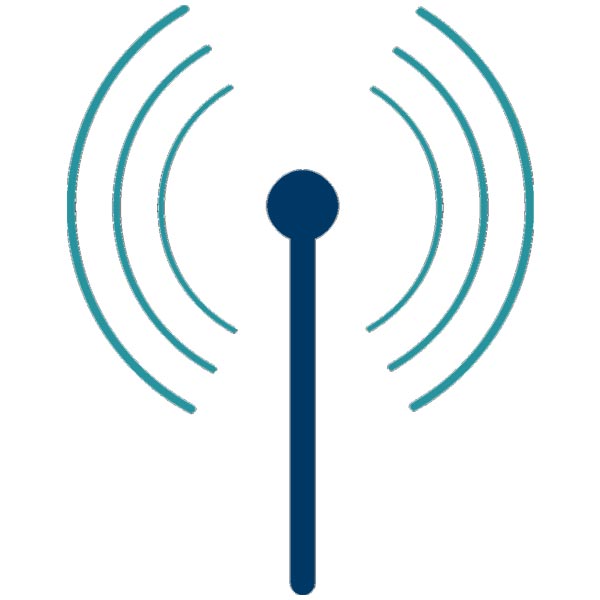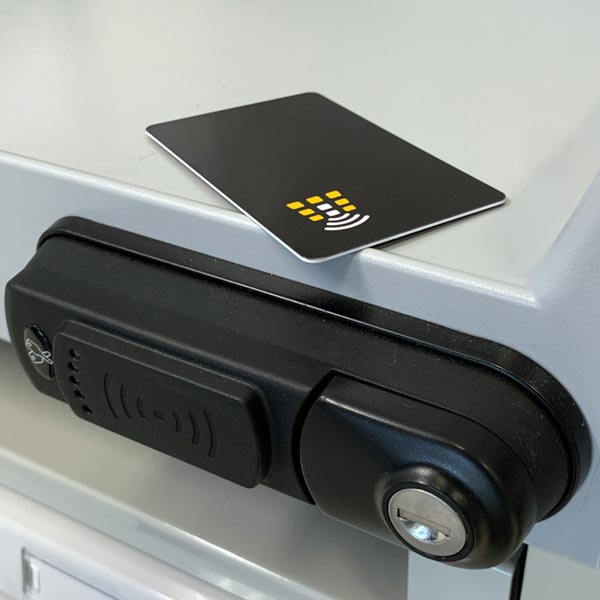Even those of us who implement solutions with these technologies… get confused, now and then! But it’s all much simpler than it seems.
RFID and NFC: let’s shed some light
10/04/2024

RFID technology uses radio waves between a base, connected to a computer, and a tag: the base asks “who are you?” and the tag responds with a set of information that the base can interpret. RFID stands for Radio-Frequency IDentification: it comes in many types and, without overcomplicating things… it all revolves around the same principle: information exchange, tracking and identification. The basic elements are:
- It is radio frequency: the antenna interrogates the device (the tag) with radio signals.
- RFID is the foundational technology: the parent of many systems, technologies, frequencies similar in function and very different in application, range and speed.
- NFC (Near Field Communication) is one of these “sub technologies”: but we are still talking about radio waves, exchanged between two devices or between a device and a tag.
For longer distances, one of the best-known applications is the toll payment we have in our cars: great distance between devices and no need to stop.

NFC is one of the technologies part of RFID: however, it operates at extremely short distances, generally under 4 centimeters (a few inches). It can also require physical contact between reader and tag. This close proximity is what distinguishes NFC from other forms of RFID: it has to do with reduced signal strength and security, for example to avoid card cloning or data theft.
It is used for cashless payments (think of smartphones and ATMs that communicate with a POS terminal for a purchase; or public transportation cards), file transfer between devices, reading documents (passports or to electronic ID cards), access control (accessing a hotel room or unlocking the drawers of a hospital trolley) (see our previous news story on trolley locking systems).

Summing up… (here on the left is the NFC logo)
RFID is a set of technologies that exploit radio waves and allow a base station connected to a computer system to retrieve information from an object passing near it. Technologies that vary in power and communication protocols, and thus vary in the base stations and tags used. NFC is one such technology: it operates over very short distances and is used primarily for cashless payments and access control.
